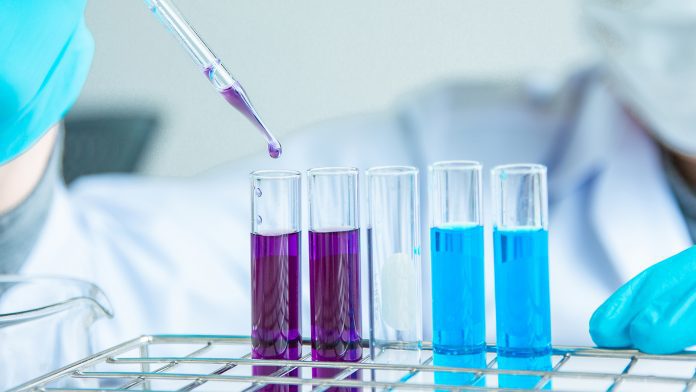
The World Health Organization (WHO) has unveiled its highly-anticipated 2023 Essential Diagnostics List (EDL), a comprehensive catalogue of in vitro diagnostics (IVD) aimed at aiding nations in making informed decisions regarding diagnostic tools.
This year’s release is marked by two groundbreaking inclusions: revolutionising the global approach to healthcare for hepatitis E virus (HEV) and broadening personal use of glucose monitoring devices.
How was the Essential Diagnostics List designed?
The 2023 Essential Diagnostics List was meticulously curated by the WHO Strategic Advisory Group of Experts on in vitro diagnostics (SAGE IVD).
The group reviewed 12 applications and recommended the addition of eight new IVDs while making several edits to previously listed EDL tests, including IVDs for tuberculosis, HIV, and diabetes mellitus.
While the Essential Diagnostics List is not prescriptive, it has the potential to guide nations in enhancing access to in vitro diagnostics.
By providing a policy framework that facilitates informed decision-making for national Essential Diagnostics Lists, governments are expected to improve in vitro diagnostics testing services, which should translate into increased access to diagnostics and, ultimately, improved patient outcomes.
Dr Tedros Adhanom Ghebreyesus, WHO Director-General, emphasised the crucial role of diagnostics during the COVID-19 pandemic, highlighting their significance in tracking, isolating, and treating infected individuals.
The Essential Diagnostics List offers countries evidence-based recommendations, ensuring that the most reliable and essential diagnostics are accessible to healthcare workers and patients.
How in vitro diagnostics will revolutionise HEV care
The first groundbreaking addition involves integrating three diagnostic tests for the hepatitis E virus, a contagious disease that poses a significant global health threat.
Among these tests, the spotlight is on a rapid diagnostic tool that promises to expedite the diagnosis and surveillance of HEV infection.
Hepatitis E is prevalent worldwide, manifesting in both sporadic cases and full-blown outbreaks. While most afflicted individuals recover fully, a worrying fraction, up to 4%, suffer from acute liver failure.
This risk is particularly pronounced in pregnant women, where mortality rates range from 19.3% to a staggering 63.6%. Hepatitis E is an underreported disease, and incorporating these diagnostics is expected to empower governments in managing outbreaks, ultimately saving lives.
Enhancing diabetes diagnostics
The second pioneering inclusion pertains to personal glucose monitoring devices designed for individuals with diabetes.
These devices are now officially advised for addition to the Essential Diagnostics List, complementing the existing medical recommendations for diabetes management.
Diabetes is a chronic disease that caused 1.5 million deaths in 2019, with a disproportionately higher incidence and impact in lower-middle-income countries.
The consequences of this condition can be mitigated or delayed through diet, physical activity, medication, and regular glucose monitoring.
By incorporating personal glucose testing devices into the Essential Diagnostics List, WHO seeks to enhance disease management, leading to better patient outcomes and an overall reduction in the negative impact of diabetes.
A range of other IVDs are recommended
In addition to the HEV and diabetes advancements, several other in vitro diagnostics were introduced.
The list now comprises diagnostic tools for endocrine disorders, reproductive, maternal, and newborn health, as well as cardiovascular health. These additions are set to contribute to early detection and improved management of various health conditions.
With the recent adoption of the WHA 76.5 resolution, which focuses on enhancing diagnostics capacity, Member States are encouraged to establish national diagnostics strategies as part of their comprehensive healthcare plans.
They are also urged to develop national essential diagnostics lists, taking inspiration from the WHO model list of essential in vitro diagnostics.

























